Sonus Paradisi
Schorndorf - Bornefeld Organ 1962 [Hauptwerk]
Schorndorf - Bornefeld Organ 1962 [Hauptwerk]
Não foi possível carregar a disponibilidade de recolha
Schorndorf Bornefeld Organ (1961-62)
| Organ builder: | Walcker Ludwigsburg, op. 4441 Design and stop list: Helmut Bornefeld, Heidenheim (Brenz) |
| Year: | 1961/62 |
| Renovations: | 2014 Renovation (repair of case and pipework) and new technical construction including windchests and tracker action by Mühleisen, Leonberg. No changes were made to the sound characteristics. Voicing: Reinhard Metzger; consultation: KMD Jürgen Schwab, Stuttgart |
The penetrating voicing design of this organ was supported by proper scaling and first-class materials; only tin alloy and copper were used for the metal pipes (including the 16' principal). The musical intention was to give the individual divisions characteristic plenums which combine to form a magnificent overall plenum, but without restricting the richness of color. No. 5 (Nonenkornett 22/3′), for example, gives a decidedly “heavy” 16' darkening of the Great division, but is at the same time (with and without foundation) one of the most luminous solo stops of the organ. No. 8 (Gambetta 4' 22/3′), consisting of narrow-bassed Gemshorns, has the task of creating a truly homogeneous accompanying choir for the numerous c.f. mixtures of the other works, together with No. 3 (Gemshorn 8' ). No. 10 (Quarte 11/3′ 1' ) consists of two narrow ranks for the pre-plenum, but it can also be used to sharpen the the mixture, or present a “glassy” cantus firmus.
With its reed overtones, the Brustwerk is reserved for the “dramatic” cantus firmus, with its enclosed wide choir (Nos. 13, 15 and 21 (Rohrpommer 8', Flötgedackt 4', Recorder 1' ) for the “mystical” melody, although here too the plenum has a considerable sharpness.
The Rückpositiv has a more “lyrical” character (with predominantly medium-scaled voices of high blendability). No. 33 (Unruh 3f 1/3') is a Zimbel with different composition on the C and C# sides (with medium-scaled principals) for extreme solo and plenum intensity.
In the Pedal (in addition to sufficient c.f. possibilities), particular importance was given to a “gravity” ballancing the brightness of the manuals.
These and many other individual stops in combination with the beautiful room acoustics result in a pleno power and a richness of color that should not be so easy to exhaust. Our only wish is that we may be granted the time, in peace, to make the dormant possibilities of this instrument fruitful for the best of old and new organ music.
Apresentado a você pelo Leonart Studio, seu revendedor autorizado para Sonus Paradisi na Suíça (enviado internacionalmente). Obtenha seus órgãos históricos amostrados digitalmente para uso com o software de instrumento virtual Hauptwerk.
Partilhe este Conjunto de Amostras
![Schorndorf - Bornefeld Organ 1962 [Hauptwerk]](http://artful.shop/cdn/shop/files/schorndorf1.jpg?v=1759146563&width=1445)
![Schorndorf - Bornefeld Organ 1962 [Hauptwerk]](http://artful.shop/cdn/shop/files/schorndorf2.jpg?v=1759146563&width=1445)
![Schorndorf - Bornefeld Organ 1962 [Hauptwerk]](http://artful.shop/cdn/shop/files/schorndorf3.jpg?v=1759146563&width=1445)
![Schorndorf - Bornefeld Organ 1962 [Hauptwerk]](http://artful.shop/cdn/shop/files/schorndorf4.jpg?v=1759146562&width=1445)
![Schorndorf - Bornefeld Organ 1962 [Hauptwerk]](http://artful.shop/cdn/shop/files/schorndorf5.jpg?v=1759146563&width=1445)
![Schorndorf - Bornefeld Organ 1962 [Hauptwerk]](http://artful.shop/cdn/shop/files/schorndorf6.jpg?v=1759146563&width=1445)
![Schorndorf - Bornefeld Organ 1962 [Hauptwerk]](http://artful.shop/cdn/shop/files/schorndorf7.jpg?v=1759146561&width=1445)
![Schorndorf - Bornefeld Organ 1962 [Hauptwerk]](http://artful.shop/cdn/shop/files/schorndorf8.jpg?v=1759146561&width=1445)
![Schorndorf - Bornefeld Organ 1962 [Hauptwerk]](http://artful.shop/cdn/shop/files/schorndorf9.jpg?v=1759146562&width=1445)
Especificação (lista de paragem)
-
Manual I
I Rückpositiv
Stillgedackt 8′
Quintade 8′
Prinzipal 4′
Rohrflöte 4′
Rohrnasat 2 2/3′
It. Prinzipal 2′
Terznone II 1 3/5′ + 8/9′
Sifflöte 11/3′
Scharf IV 1′
Unruh III 1/3′
Kopftrompete 8′
Tremulant -
Manual II
II Hauptwerk
Quintade 16′
Prinzipal 8′
Gemshorn 8′
Nonenkornett III 2 2/3′
Oktave 4′
Nachthorn 4′
Gambetta II 4′ + 2 2/3′
Hohlflöte 2′
Quarte II 1 1/3′ + 1′
Mixtur IV-VI 1 1/3′
Trompete 8′
Tremulant -
Manual III
III Brustwerk (Schweller)
Rohrpommer 8′
Salizional 8′
Flötgedackt 4′
Prinzipal 2′
Gemshorn 2′
Terzian II 13/5′ + 11/3′
Siebenquart II 11/7′ + 16/19′
Blockflöte 1′
Zimbel III 1/3′
Sordun 16′
Vox humana 8′
Schalmei 4′
Tremulant -
Manual IV
-
-
Pedal
Pedal
Prinzipal 16′
Untersatz 16′
Quinte 10 2/3′
Oktavbass 8′
Gedackt 8′ (S)
Choralbass 3f. 4′ (S)
Rohrpfeife 4′ (S)
Hintersatz IV 5 1/3′
Glöckleinton II 2′ + 1′ (S)
Posaune 16′
Fagott 8′ (S)
Clairon 4′ (S)
Tremulant c.f. (S) -
Outras especificações
Couplers: I/II, III/II, IV/II, I/P, III/P (no HW/Ped coupler)
História
The 1959/60 renovation of the town church had the task of restoring the room to its original axial orientation and stripping it of the Art Nouveau elements of 1909. It was clear that the organ had to return to its original place in the west gallery. A reuse of the 1909 organ was out of the question because this instrument was completely outdated, not only architecturally but also technically and tonally. The parish of Schorndorf was therefore faced with the major task of initiating the construction of a new main organ that would meet the architectural and musical requirements of the space and the church music requirements of today.
Since the nave of the Schorndorf town church has a volume of approx. 9000 cbm and the choir of 3000 cbm, the usual formulas would have resulted in an organ size of 60-70 stops, which would have been both financially and technically impossible. If the organ had to be rebuilt, then it was clear that it could only have slider chests with mechanical action and that it had to be made of high-quality materials. In view of the excellent acoustics, the organ was given 45 stops in the hope that with a favorable arrangement, scaling and voicing, it would be possible to control the considerable volume of the room.
The idea of a “giant organ” with 70, 80 or more stops comes from a time (irrevocably past) when people only listened to the mass of sound and also believed that they could “do anything” with the help of electric action. Today, however, musical sound quality is once again more important to us than the martial “roar” of the organ, and we are therefore not inclined to forego the indisputable sound advantages of mechanically played slider chests in favor of “size”. It has been proven that even large and very large rooms can be managed with mechanical slider-chest organs, even if they have to conform to the technical limits which are about 50 stops for three manuals and about 65 stops for four keyboards.
The main problem of any organ planning is the “objectively correct” position of the instrument. In the case of Schorndorf, there would have been a rare opportunity for an ideal layout; unfortunately, it could not be fully utilized because the west window, which is not part of the organ, had to be retained - contrary to all the arguments of organ building technology. Despite its elevation, this window pushes the organ too much into the width, which naturally has an unfavorable effect (with mechanical action). Experience will show whether this solution represents a satisfactory compromise between space, window and action in the long term. At least the fundamentally important aspects could be preserved: Hauptwerk, Brustwerk (in the Swell) and Rückpositiv are on one axis; the Pedal is symmetrically distributed on the C and C sharp sides, whereby the Pedal Sololade is one and a half meters above the main chest for reasons of perfect cantus firmus performance. The console is positioned next to the Rückpositiv (for both tonal and performance reasons).
Características
Encryption
The samples are offered in 48kHz/24bit resolution. The multiple releases have three levels: short, mid and long. Hauptwerk v4.2 and higher supported. The sample set is offered in a plain wave format, no encryption.
Reverb time
The reverb time is ca. 4 seconds.
Keyboards, pedalboard
The original compass of the keyboards is 56 keys, extendable to 58 keys via a mixer switch. The original compass of the pedal division is 30 keys, extendable to 32 keys via a mixer switch.
Tremulants
All ranks were recorded with and without tremulants for the most convincing tremulant behavior. It is possible to select to use the artificial tremulant instead if desired (the switch is located on the mixer tab).
Surround format
The sample set is offered in a Surround variant (6 channels). There are direct channels, diffuse channels, and rear channels.
To reproduce the surround format, an audio card with at least 4 output channels is required, dedicating the direct and diffuse channels for the front speakers, and other two channels for the rear speakers.
Organist Position Channels
In addition to 6 surround channels, there is an organist position perspective, giving the sound as heard by the organist performing at the organ console. This perspective should be normally switched off, unless desired otherwise. The organist perspective is not very useful musically, but for practicing it can be elucidating.
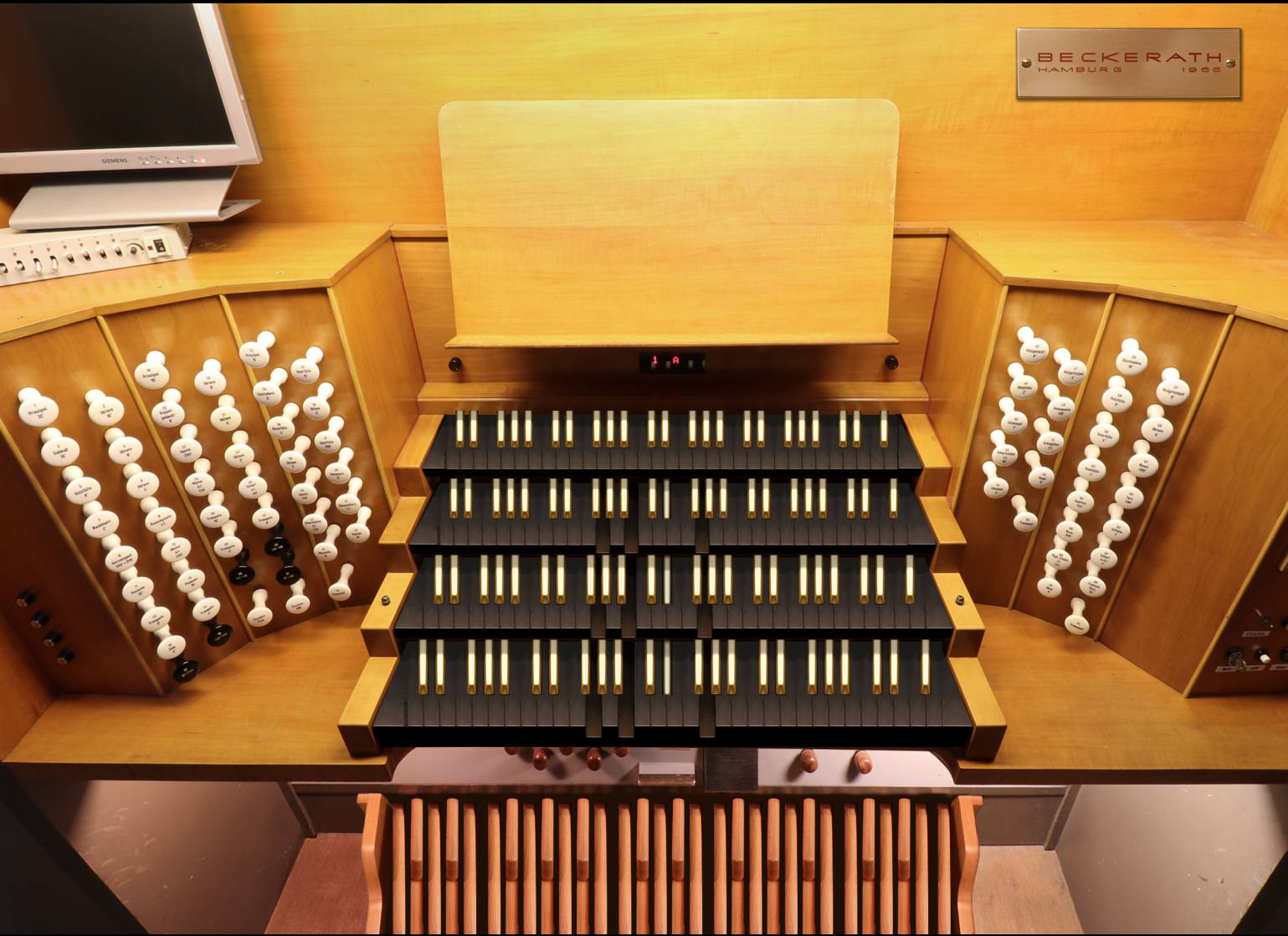
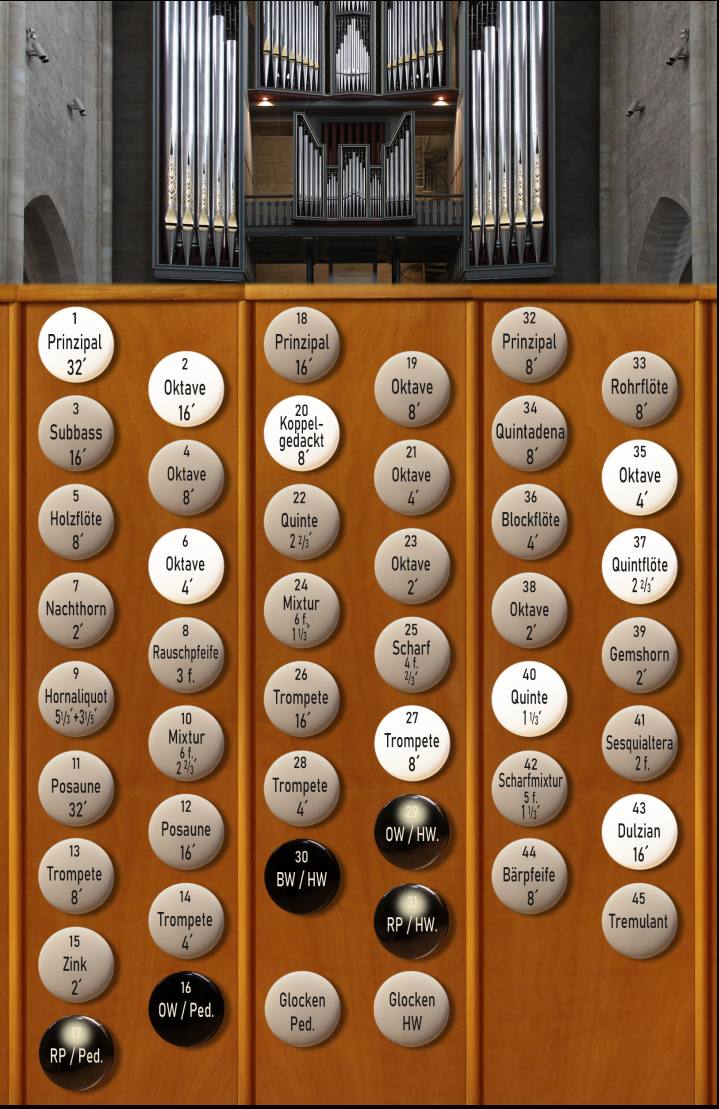
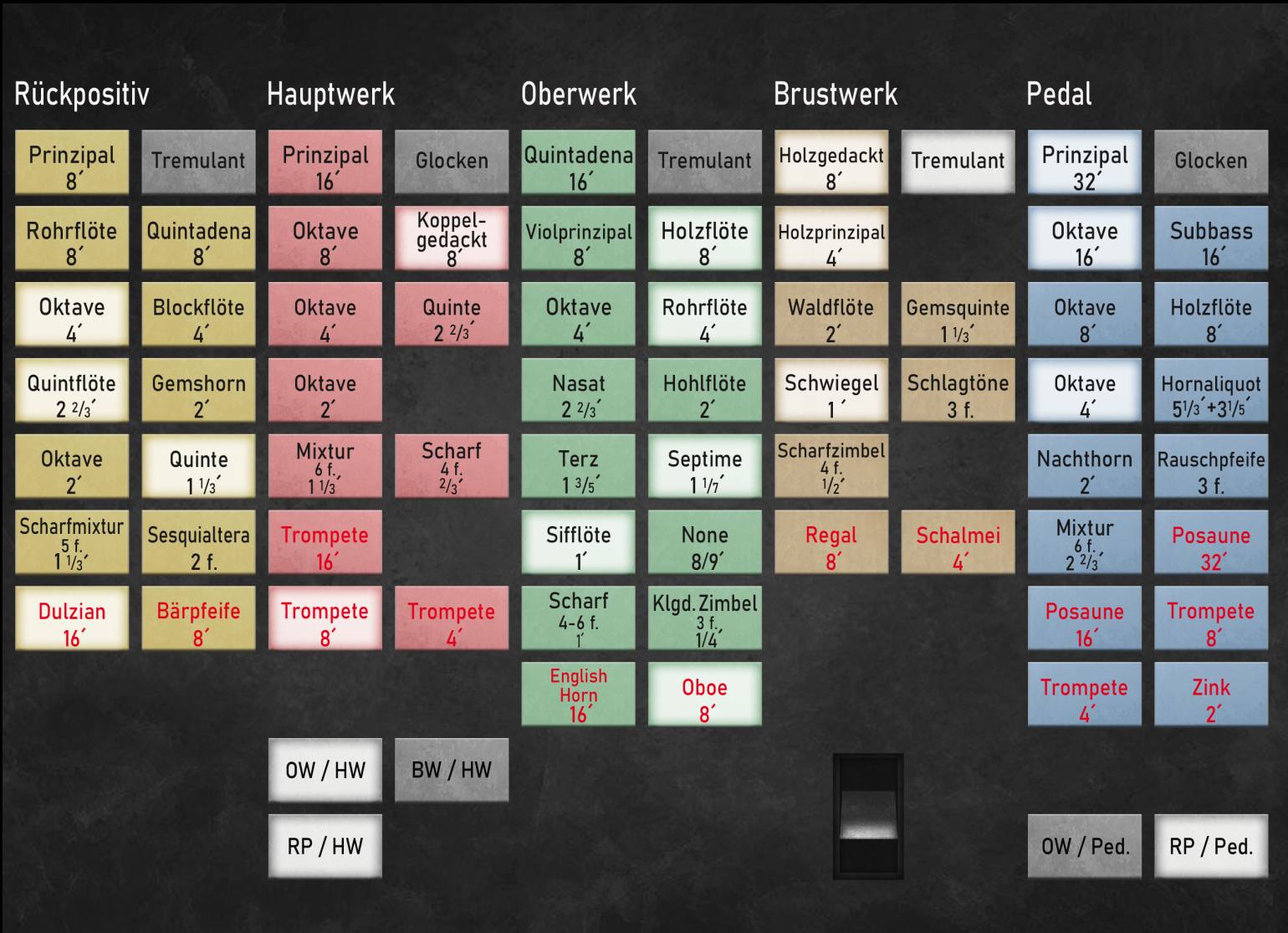

Requisitos
Requirements
RAM consumption: 8-channel surround
16-bit, other settings default: 30 GB
20-bit, other settings default: 50 GB
24-bit, other settings default: 58 GB
Screen resolution 1280x1024 px or more.
Polyphony of 8.000 voices recommended for the full suround.
Este Conjunto de Amostras Hauptwerk é apresentado a você por Leonart Studio, um revendedor autorizado do fabricante Sonus Paradisi na Suíça (envios internacionais). Aproveite esta biblioteca de órgãos digitalmente amostrada para uso com o software Hauptwerk e comece a expandir sua coleção de órgãos históricos hoje.
Mais Conjuntos de Amostras Hauptwerk
-
Casavant, 1995 [Obra Principal]
Fornecedor:Sonus ParadisiPreço normal CHF 174.90Preço normalPreço unitário / por -
Bückeburg, 1997 [Obra Principal]
Fornecedor:Sonus ParadisiPreço normal A partir de CHF 1.10Preço normalPreço unitário / por -
Schwerin, Dom, Ladegast Organ 1871 [Hauptwerk]
Fornecedor:Sonus ParadisiPreço normal CHF 616.00Preço normalPreço unitário / por -
Segóvia, 1772 [Obra Principal]
Fornecedor:Sonus ParadisiPreço normal CHF 317.90Preço normalPreço unitário / por -
Reuter, 1928 [Obra Principal]
Fornecedor:Sonus ParadisiPreço normal CHF 473.00Preço normalPreço unitário / por -
![Roterdão Hoofdorgel, 1973 [Hauptwerk]](//artful.shop/cdn/shop/files/ss_RotterdamMain1.jpg?v=1693279529&width=533) Em promoção
Em promoçãoRoterdão Hoofdorgel, 1973 [Hauptwerk]
Fornecedor:Sonus ParadisiPreço normal A partir de CHF 330.00Preço normalPreço unitário / porCHF 958.10Preço de saldo A partir de CHF 330.00Em promoção -
![Groningen, 1450-1740 [Obra Principal]](//artful.shop/cdn/shop/files/ss_Groningen1.jpg?v=1693275425&width=533) Em promoção
Em promoçãoGroningen, 1450-1740 [Obra Principal]
Fornecedor:Sonus ParadisiPreço normal A partir de CHF 658.90Preço normalPreço unitário / porCHF 1,681.90Preço de saldo A partir de CHF 658.90Em promoção -
![Frankfurt a.d. Oder, 1975 [Obra Principal]](//artful.shop/cdn/shop/files/ss_frankfurtoder1.jpg?v=1692974219&width=533) Em promoção
Em promoçãoFrankfurt a.d. Oder, 1975 [Obra Principal]
Fornecedor:Sonus ParadisiPreço normal A partir de CHF 220.00Preço normalPreço unitário / porCHF 550.00Preço de saldo A partir de CHF 220.00Em promoção -
Piacenza, 1838 [Obra Principal]
Fornecedor:Sonus ParadisiPreço normal CHF 330.00Preço normalPreço unitário / por -
Lüdingworth, 1683 [Obra Principal]
Fornecedor:Sonus ParadisiPreço normal CHF 330.00Preço normalPreço unitário / por

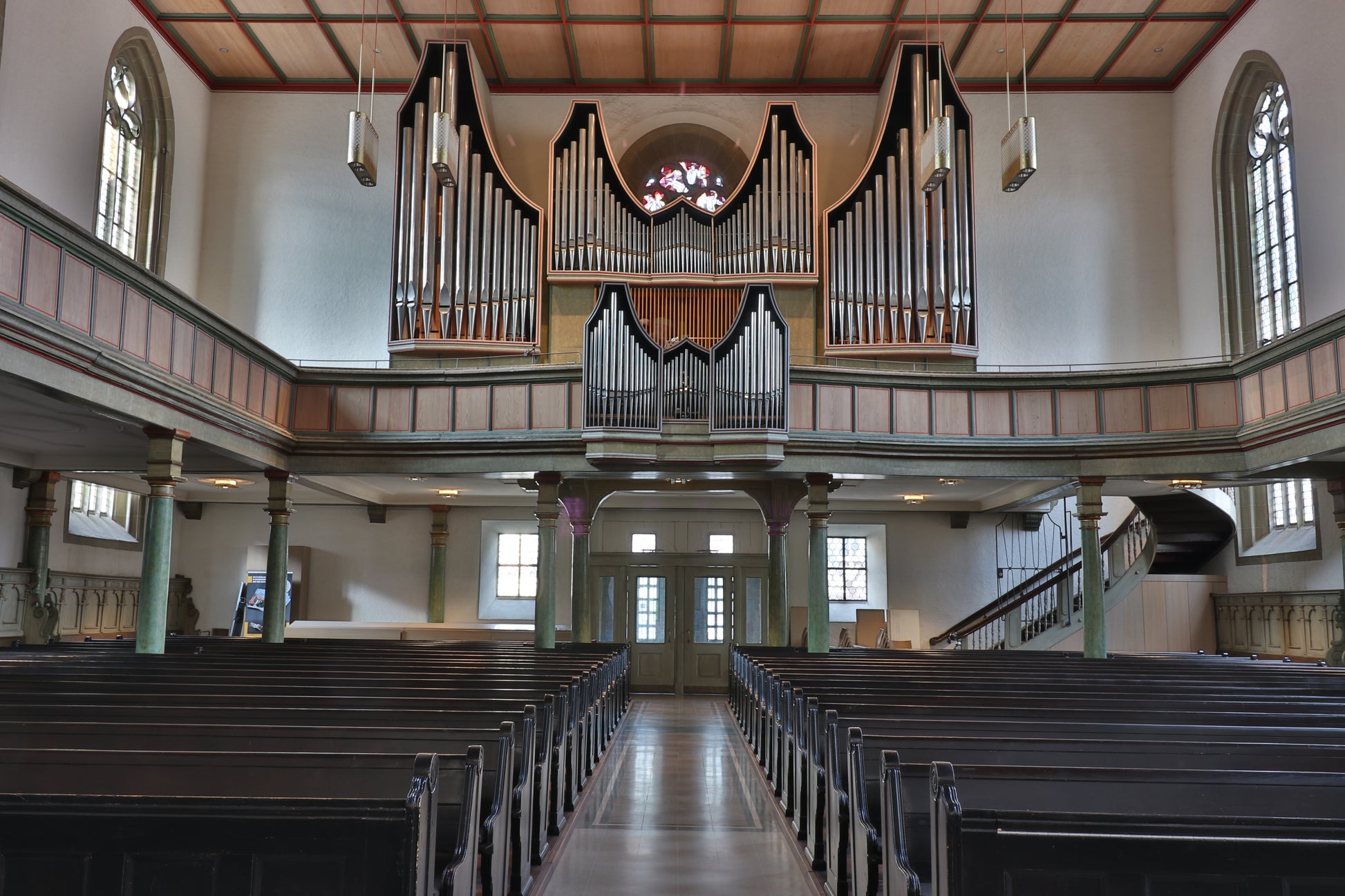
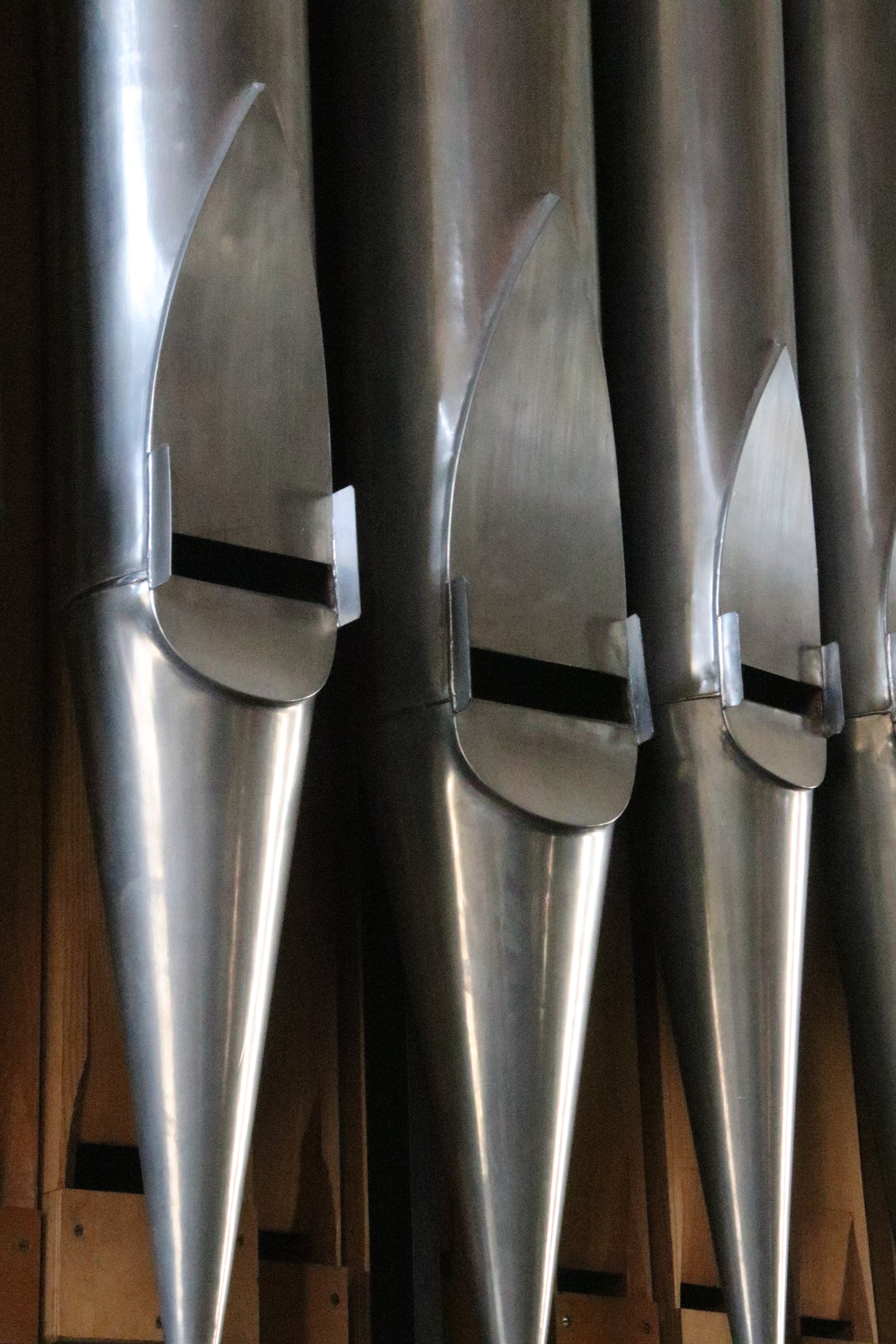
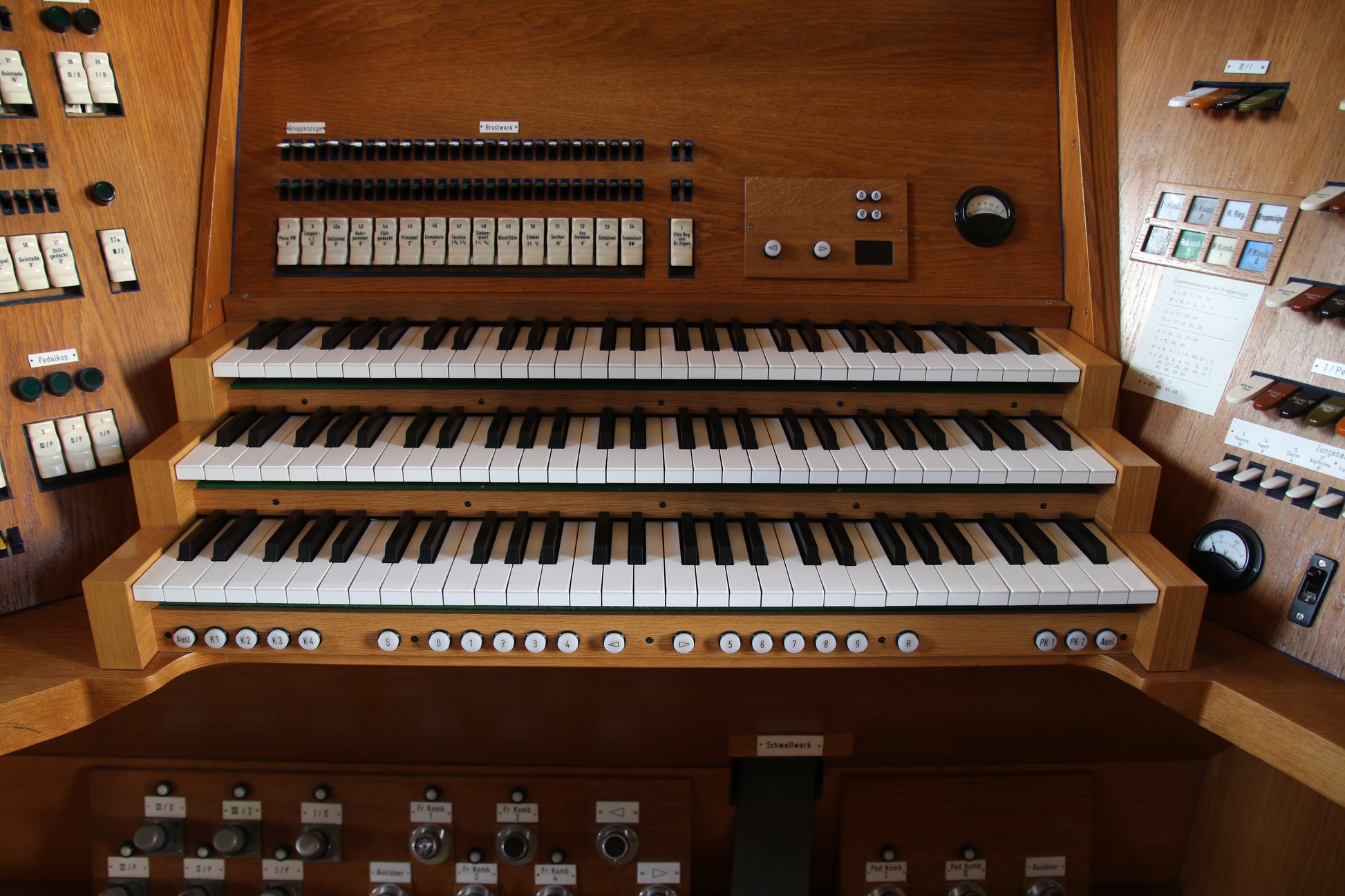
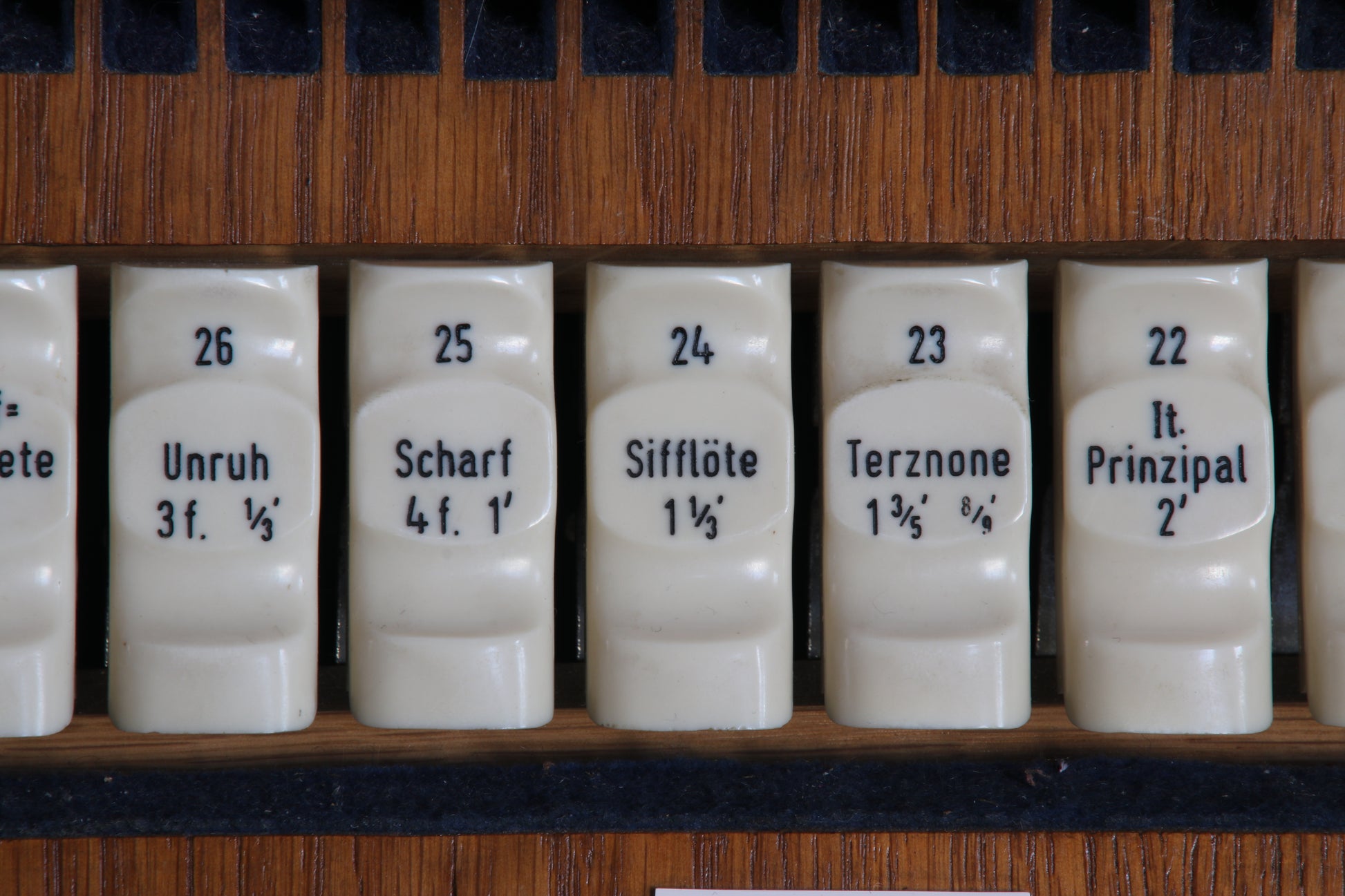
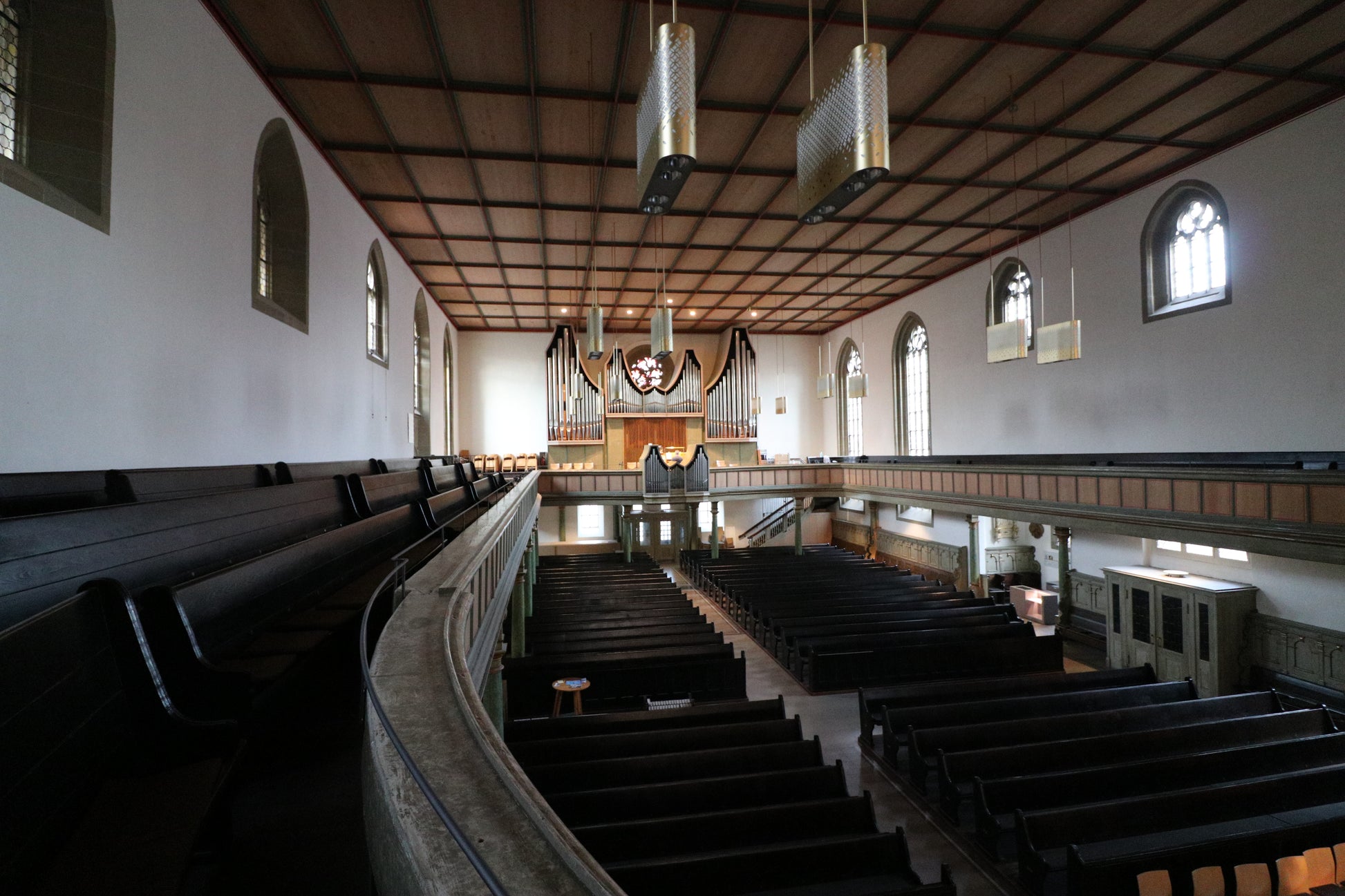
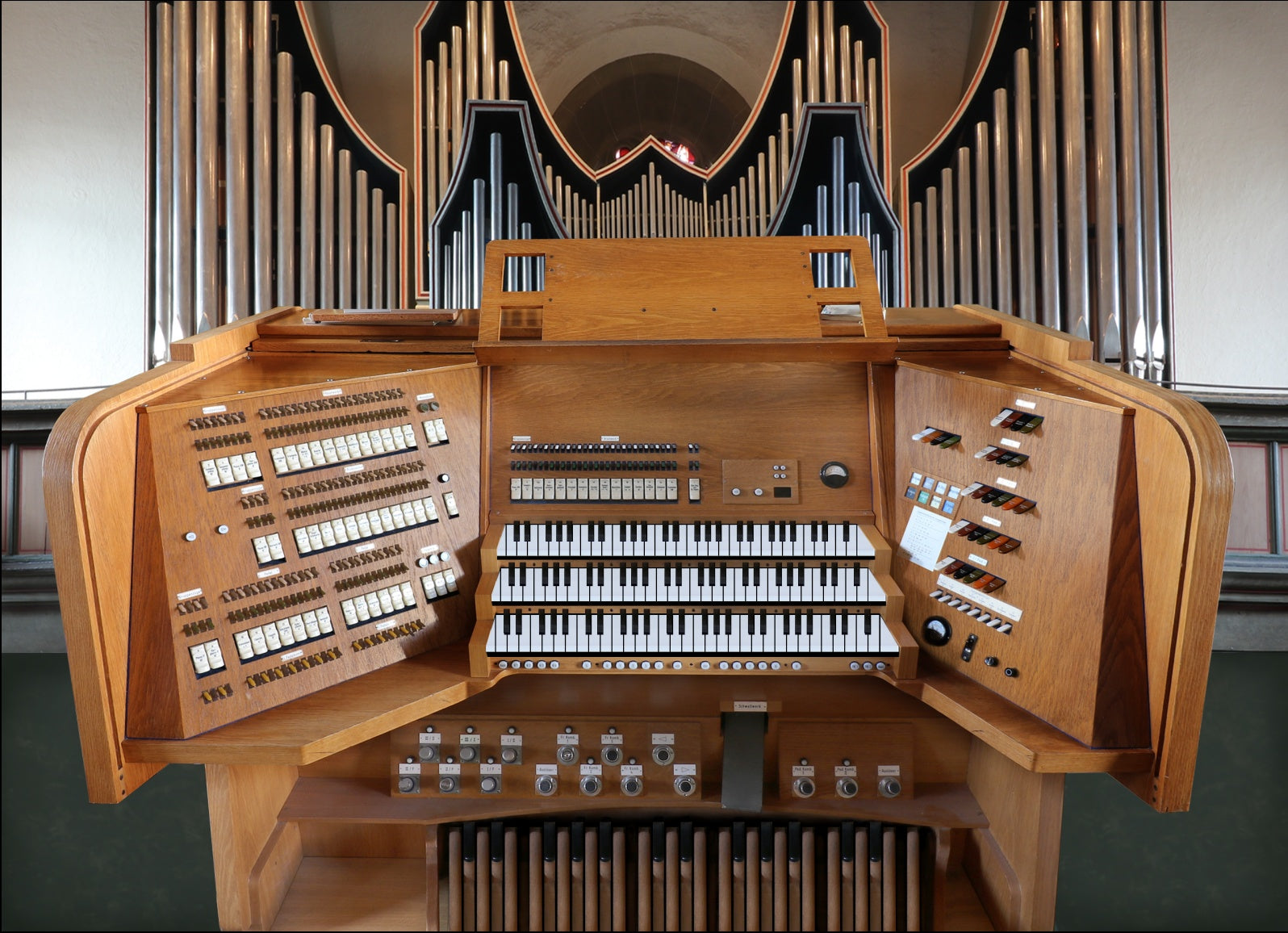
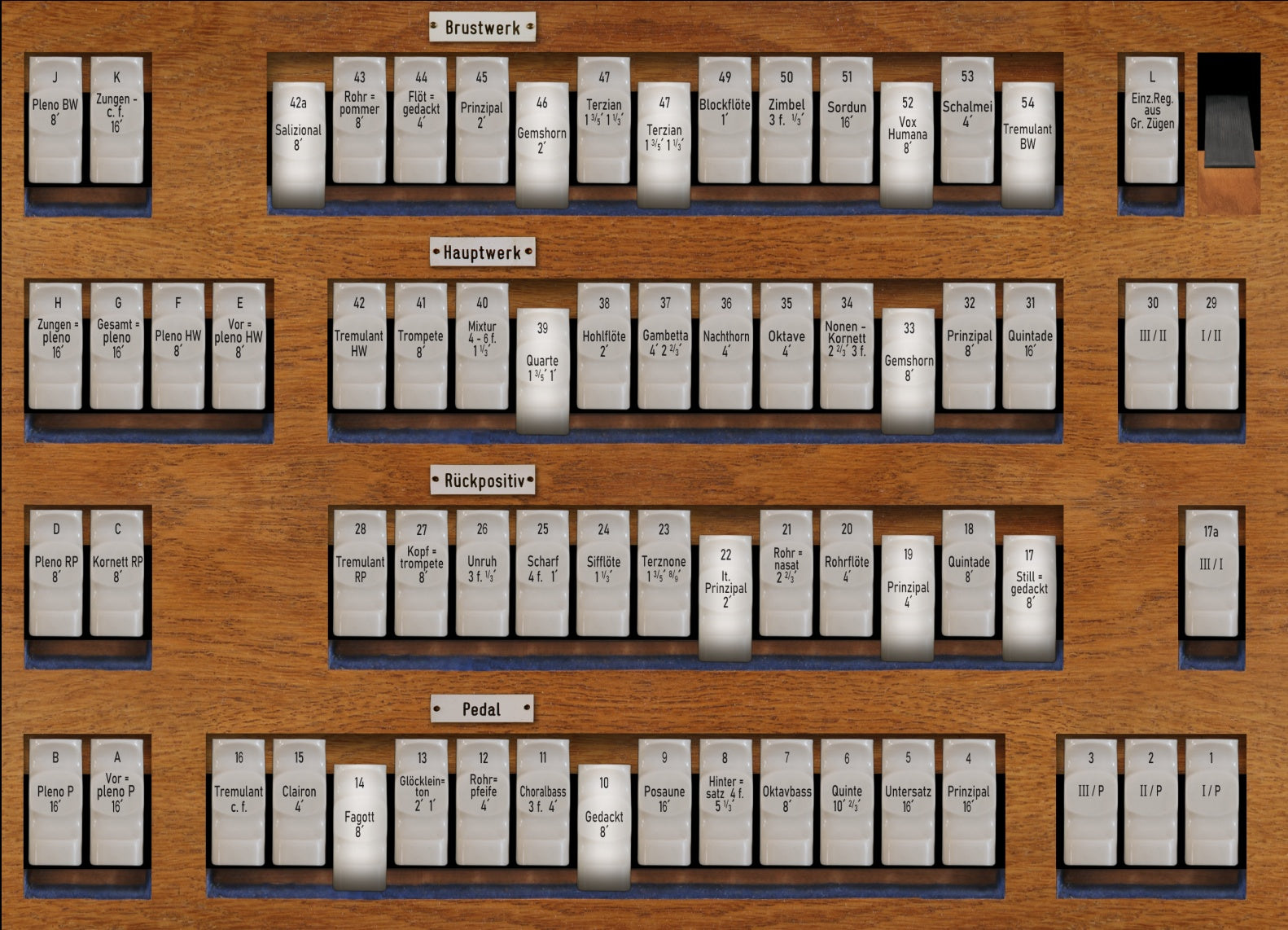
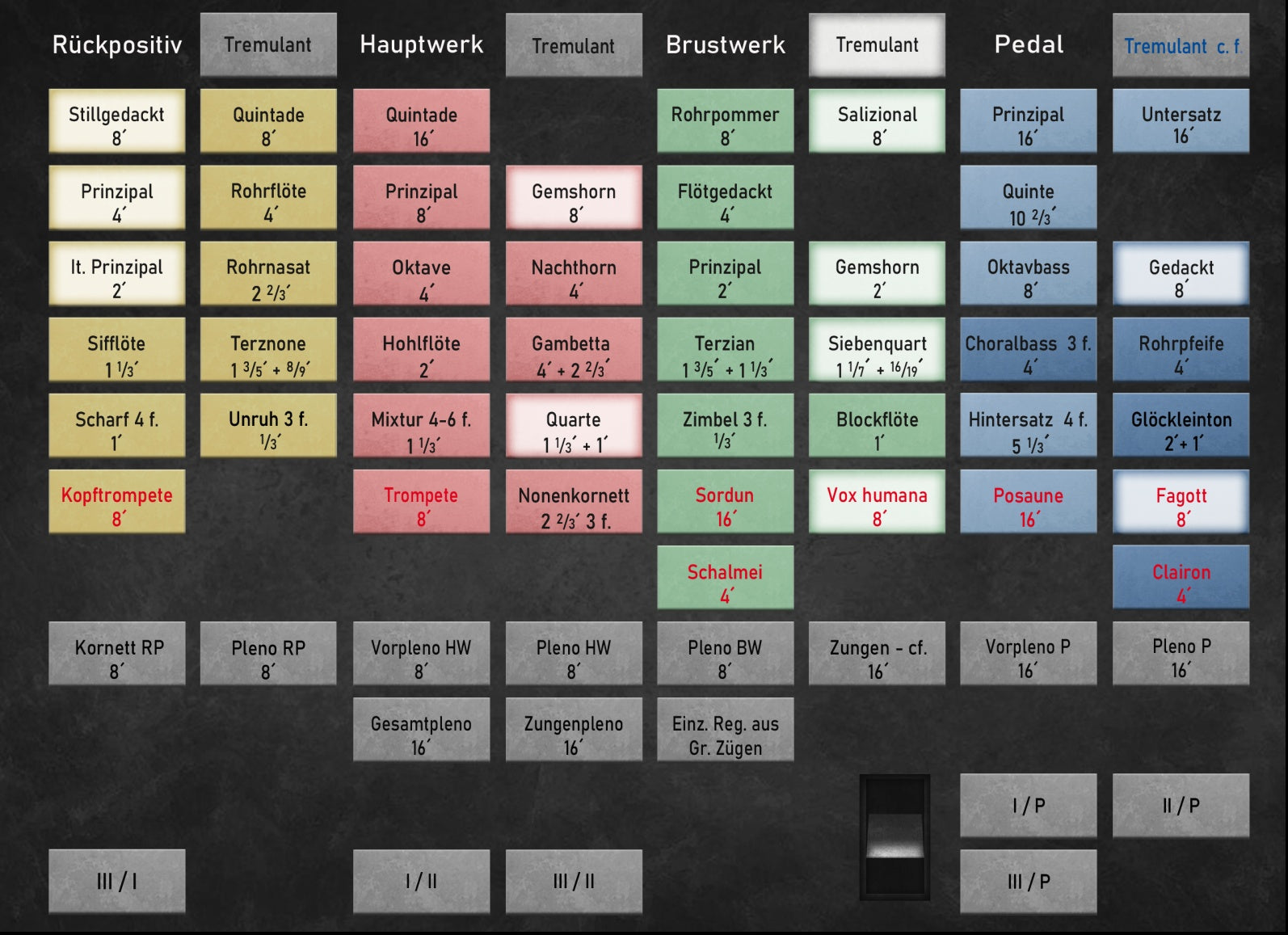
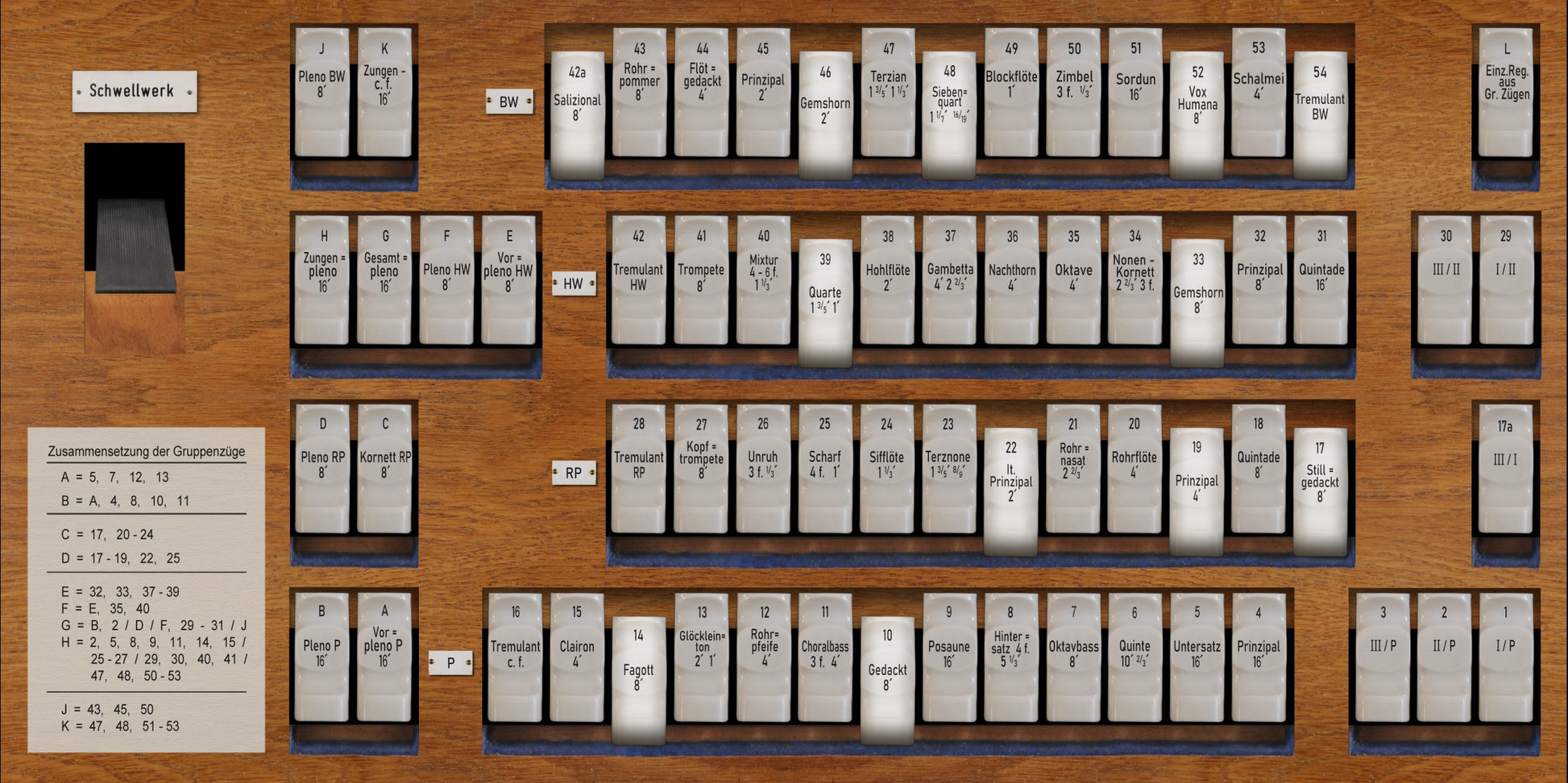
![Casavant, 1995 [Obra Principal]](http://artful.shop/cdn/shop/files/ss_casavant1.jpg?v=1693319885&width=533)
![Bückeburg, 1997 [Obra Principal]](http://artful.shop/cdn/shop/files/ss_bueckeburg1.jpg?v=1692967628&width=533)
![Schwerin, Dom, Ladegast Organ 1871 [Hauptwerk]](http://artful.shop/cdn/shop/files/ladegast1.jpg?v=1759140126&width=533)
![Segóvia, 1772 [Obra Principal]](http://artful.shop/cdn/shop/files/ss_segovia1.jpg?v=1714213906&width=533)
![Reuter, 1928 [Obra Principal]](http://artful.shop/cdn/shop/files/ss_Reuter1.jpg?v=1693321024&width=533)
![Roterdão Hoofdorgel, 1973 [Hauptwerk]](http://artful.shop/cdn/shop/files/ss_RotterdamMain1.jpg?v=1693279529&width=533)
![Groningen, 1450-1740 [Obra Principal]](http://artful.shop/cdn/shop/files/ss_Groningen1.jpg?v=1693275425&width=533)
![Frankfurt a.d. Oder, 1975 [Obra Principal]](http://artful.shop/cdn/shop/files/ss_frankfurtoder1.jpg?v=1692974219&width=533)
![Piacenza, 1838 [Obra Principal]](http://artful.shop/cdn/shop/files/ss_piacenza1.jpg?v=1693003521&width=533)
![Lüdingworth, 1683 [Obra Principal]](http://artful.shop/cdn/shop/files/ss_luedingworth1.jpg?v=1692998051&width=533)